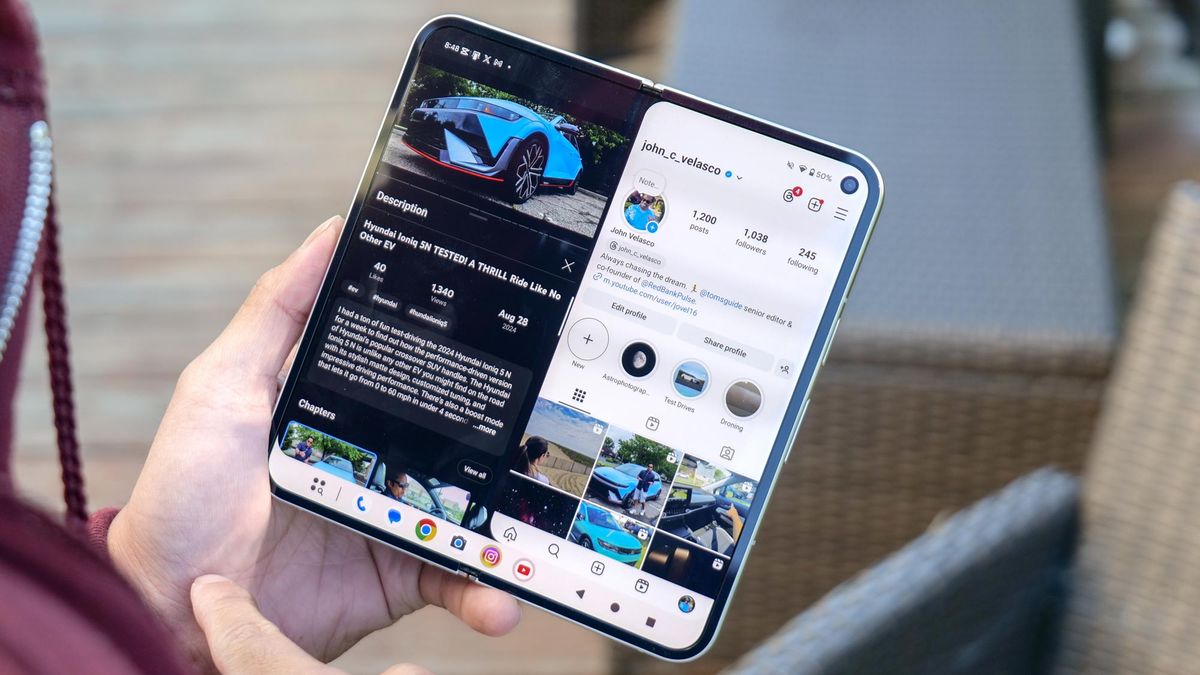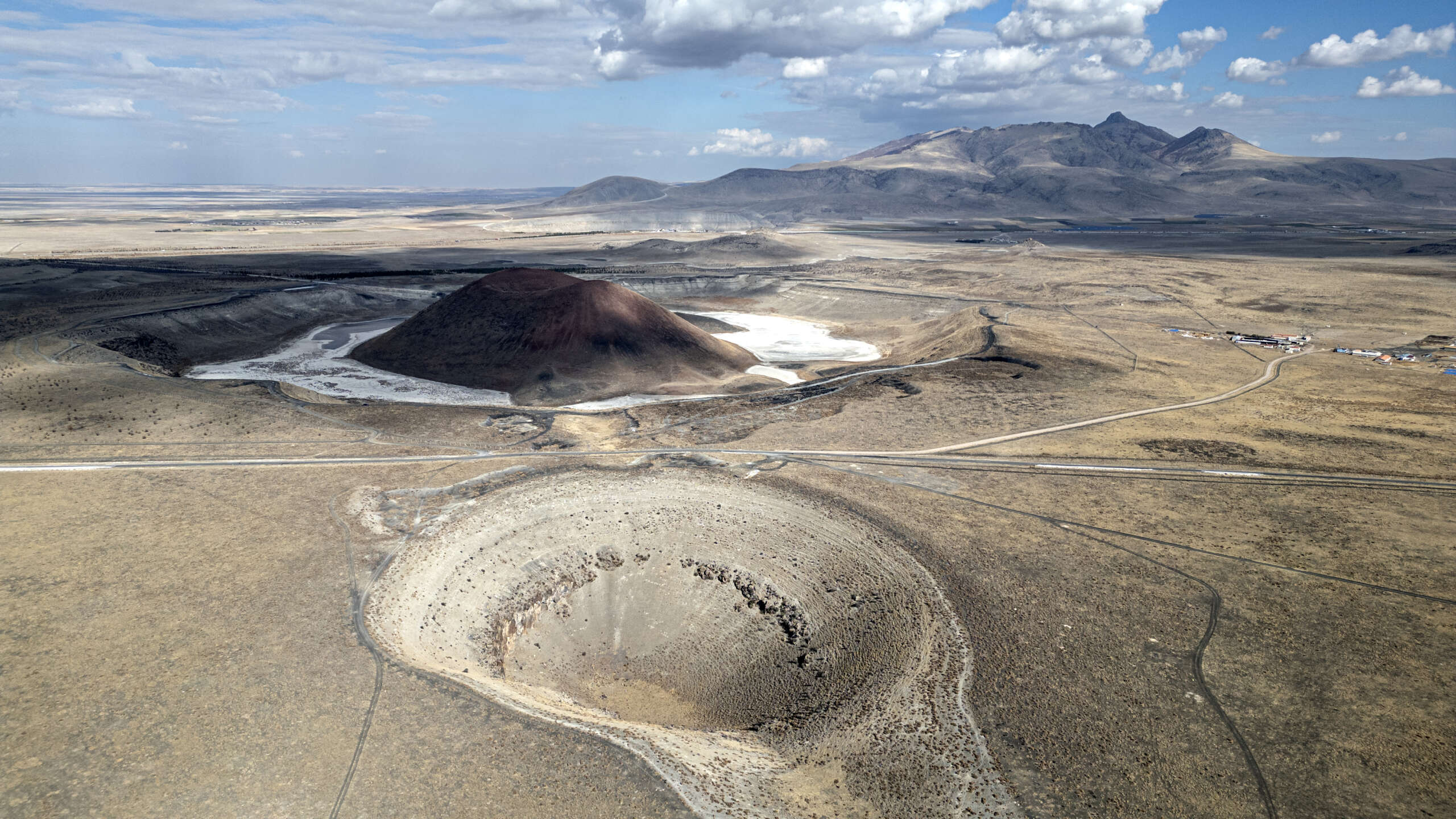When you’re preparing to spend $1,799 on a smartphone, you want to know that it will go the distance until your next upgrade.
Foldables, with their soft internal screens and vulnerable hinge, don’t have the best reputation when it comes to durability. However, they have gotten significantly better since Samsung was forced to delay the release of the original Galaxy Fold due to review units breaking.
Indeed, for Google’s second foldable, the Pixel 9 Pro Fold, the company feels confident enough to state that the phone is “super durable” in its marketing copy.
Is that confidence misplaced? The YouTuber Zack Nelson, whose JerryRigEverything channel makes even the most rugged smartphones look worryingly fragile, has just published his Pixel 9 Pro Fold durability and bend test. And unfortunately, the same three vulnerabilities remain from the first generation: internal screen scratching, a susceptibility to dust, and a weakness to bending.
The most dramatic of these is actually the least worrying. Yes, Nelson is able to snap the phone in half by bending the handset from the back, but you really have to go out of your way to do this — indeed, the YouTuber notes that he doesn’t “see anything to worry about when the phone is closed.”
The weakness appears in part to stem from the antenna lines’ proximity to the hinge, with the cover side popping the display clean off the phone. “Not sure why Google thought it was a good idea to put an antenna line right here at the weakest point in an already thin frame, but here we are,” Nelson says, dryly.
The second weakness is screen scratches. Not on the external panel, which begins to leave marks at levels 6 and 7 on the Mohs hardness scale like pretty much every other device out there, but on the soft, flexible internal screen which scratches at level 2. “Even fingernails can leave very permanent marks on the center screen,” Nelson says.
“This is absolutely normal for a folding phone though, and really not too big of a deal if you take care of it,” he continues. “Making sure there’s no bits of dust or dirt in the screen when you close it will go a long way to keeping things pristine since there’s not a whole lot of room between the two halves.”
This neatly brings us to the third, and possibly most significant weakness: dust protection, or rather, the lack of it. After tipping an impractical amount of sandy dirt onto the screen, Nelson concludes that “unfortunately for Google, and anyone who bought this phone, there appears to be no dust protection whatsoever.”
Immediately the dust starts grinding in the hinge when opened and closed in a way that’s quite uncomfortable to listen to. As Nelson puts it: “This Fold has more creaks and groans than a millennial walking upstairs.”
All of this is a little disappointing, even if it isn’t surprising. You pay for foldables’ flexibility not just in terms of the sky-high MSRP but in durability, due to the engineering magic involved in making a usable smartphone that can fold in half.
While most JerryRigEverything torture tests don’t replicate real-world conditions, for those who don’t want to handle their phone with kid gloves at all times, Nelson had a much tougher time doing damage to the Pixel 9 Pro XL.










